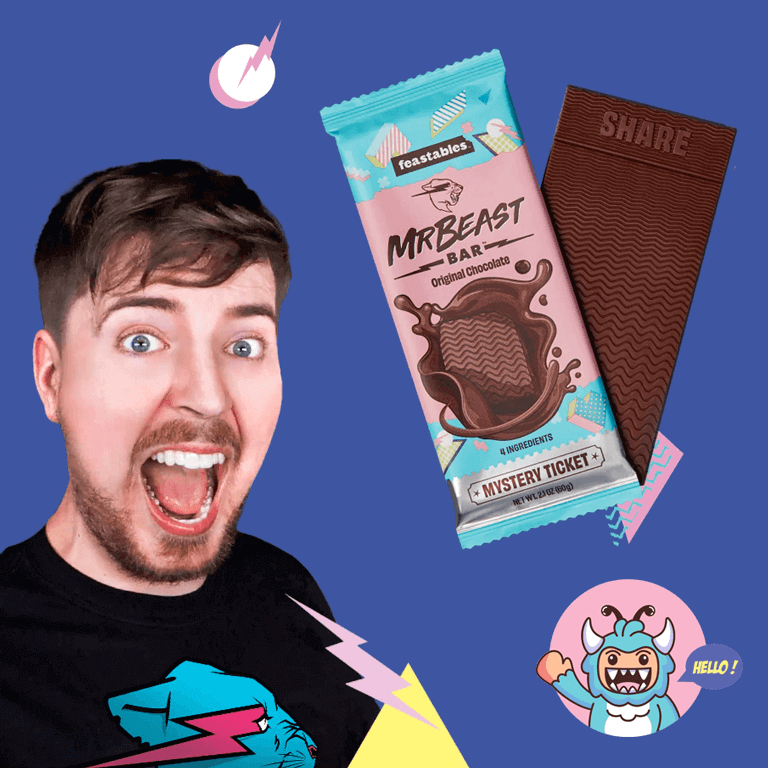Lucy & Yak

Yakbot: Lucy & Yak’s Customer Support Automation Solution
Find out how UK fashion brand Lucy & Yak has scaled its customer support and is reducing financially (and environmentally) costly returns with the help of the Certainly-powered Yakbot. Their customer support chatbot has already achieved:
- 51% ticket deflection rate
- Over 3,000 conversations a month
- Bot Performance Evaluation of 85%

Who is Lucy & Yak?
Founded in 2017 and named after the CEO & co-founder Lucy Greenwood and Yak (the van she shared with joint CEO and co-founder Chris Renwick), Brighton-based fashion brand Lucy & Yak focuses on providing sustainable and ethical clothes – specifically dungarees. And when they say ethical and sustainable, they mean it: Lucy & Yak are a Living Wage Employer, use 95% organic or recycled materials in their products, ship their products by, well, ship to reduce environmental impact, and their main factory in India is solar powered. They’ve even been trialing a 4-day working week across their UK sites.
The main reason behind choosing a chatbot solution for the Lucy & Yak webshop was for the period after Black Friday. Instead of providing special discounts, Lucy & Yak donated 30% of all its proceeds to Fio Di Loto. This charity helps provide education to girls in the area around their flagship factory in India. In this case, they were expecting a significant increase in traffic, sales, and, of course, customer service inquiries.
We spoke to Lucy about her journey to implement the customer support chatbot, how it’s going now, and Lucy & Yak’s plans for the future of Yakbot.

Implementing Lucy & Yak’s Customer Support Chatbot
At first, the main pain point that Lucy highlighted that they wanted to get around was ticket deflection. As she told us, they needed a customer support chatbot. In her words, “quick and efficient way for our customers to find the FAQ, the returns page and sizing information.” So, reducing the number of these tickets fielded by Lucy & Yak’s support team. This was especially vital in the period after Black Friday and before Christmas.
Excellent support, from Certainly and Lucy & Yak both
The critical thing that Lucy wanted to note about the creation phase of the first version of their customer support chatbot, Yakbot, was the level of help provided by Certainly. “Certainly has been the best integration company we have worked with, due to their support and professionalism. We were really impressed with that.” This also covered the integrations with Shopify & Gorgias. Certainly’s prebuilt webhooks allow seamless integration with many CRMs and the intuitive webhook builder allows for a DIY solution that saves 90% of development time.
The process wasn’t all smooth sailing, of course. An early issue for Lucy was trying to imagine “what customers might ask and how to word things.” Lucy tells us, “We didn’t have much structure in place before, so we had to do a bit of work on that.” This initial problem is common for our customers: how do you know what users will say to your new customer support chatbot?

Luckily, two of the tools built into the Certainly Platform smooth this process out. First, the Cluster Analysis tool allows Lucy & Yak’s Customer Experience Manager to easily see what users ask the bot and groups these different questions into subject clusters. As a result, they can now write new responses to common questions. For instance, nearly half of the queries Yakbot received in the first couple of months were about stock availability.
To gather this information is one thing, but to be able to respond to it swiftly is something else entirely. This is especially important in the case of something like stock inquiries. Automating them makes the customer service department more efficient, but also drives revenue. This is where the second built-in tool comes in, the Certainly Browser Plugin. This plugin allows Lucy and her team to edit and demo the customer support chatbot inside the Lucy & Yak website, see what works and looks good, and implement it instantly. Lucy also says that Certainly “trained us very well and were very transparent. It means we can now go in and tweak things if we need to.”
A Great Success So Far
Yakbot has been a great success as a customer service chatbot. Over any given month, it has at least 3,000 conversations and resolves 51% of them without any human interaction. As Lucy says, “having half our tickets resolved automatically has made a huge difference to the team.” This is an excellent efficiency boost for the Lucy & Yak Customer Service team, letting them dedicate more time to the complex tickets.

The Future for Yakbot: Conversational AI, Intelligent Sizing, and Reducing Environmental Impact
Lucy & Yak want to move from a ‘passive’ customer support chatbot to a ‘pro-active’ one. Instead of just responding to user inquiries, the bot will begin conversations with them. It will engage with them based on their current browsing and the zero- and first-party data gathered on the specific user. As a result, the bot will be able to act intelligently. It will offer up-selling opportunities and deals based on the particular customer, not guesswork based on assumptions or third-party cookies. This is similar to what has already been implemented by another of our customers, Rat & Boa. Their chatbot handles product recommendations and supports customers like a salesperson.
Another critical evolution is improving the pre-existing elements of the bot. For example, its ability to provide size information to users accurately. According to a 2019 Narvar report, the main reason for returns is that the item is the wrong size or fit. So, by improving the accuracy of sizing, Lucy & Yak saves on returns, bolsters profits, and, just as important, reduces the environmental impact of delivering and then returning a product. They are doing this by linking their pre-existing Easysize integration to Yakbot. This way, the user won’t waste time looking for the sizing guide and reducing the likelihood of a conversion. Instead, the customer support chatbot will provide intelligent sizing help without the user having to leave the page.
More Than Just Customer Support!
Used hand in hand with the new proactive elements of the chatbot, Yakbot will be able to tell when a user has been lingering on a product page, if they have had the sizing guide open for a long time, or seem to be having trouble choosing an option from the drop-down. It will then intervene, asking them if they need help with sizing. Once the chat is open, Yakbot will then add the item in the correct size to the cart. Afterward, it’ll direct them to the checkout, boosting conversions and reducing cart abandonment.

The success of Yakbot will even allow Lucy & Yak to change the layout of its website. The ability of the chatbot to provide customer support by redirecting users around the website, from their sizing guide to their returns page, means that the navigation bar can be streamlined. “Our navigation bar will change, largely because of the bot,” Lucy tells us, “You don’t want this big button saying RETURNS on your website, but you want it to be easy to find. The bot has been perfect for that.”
Would Lucy Recommend Us to Others? Certainly!
Yakbot has been going from strength to strength, overtaking Lucy’s expectations for the project, saying she’s “amazed how many people are actually using the bot!”
When asked if she would endorse the Certainly Platform for other online fashion stores, she said: “How [Certainly] handled the whole process was amazing. Everyone was always available, and I felt like a whole team was looking after us, and that was nice. I would definitely recommend you to other businesses.”
Click here and see for yourself why Lucy is so happy to recommend Certainly!
This post was written by Fergus Doyle, based on an interview with Lucy Greenwood by Josephine Wewer and Anna Rönnfeldt. The visuals were by Vital Sinkevich and it was edited by Beatrice Carraro.

